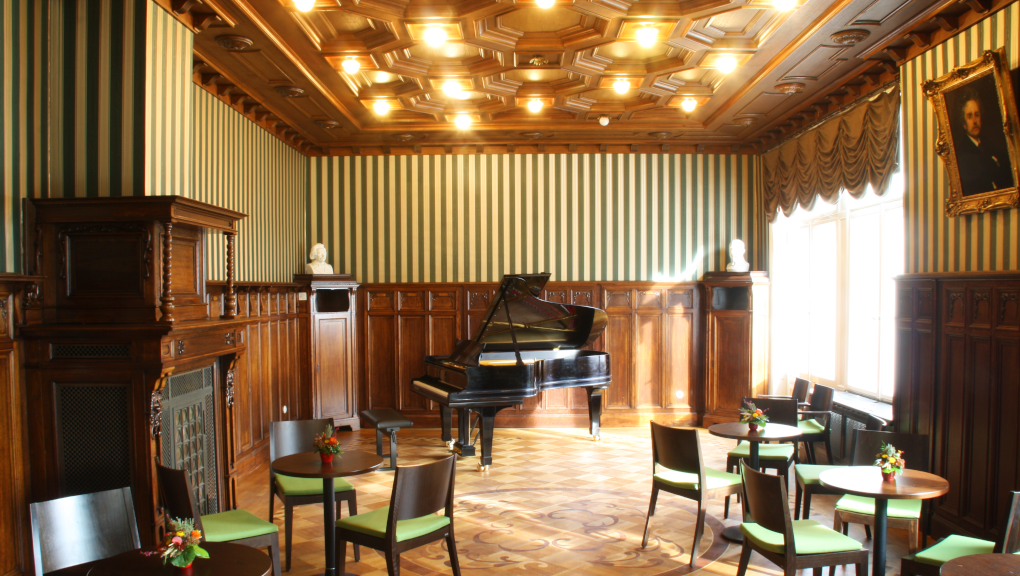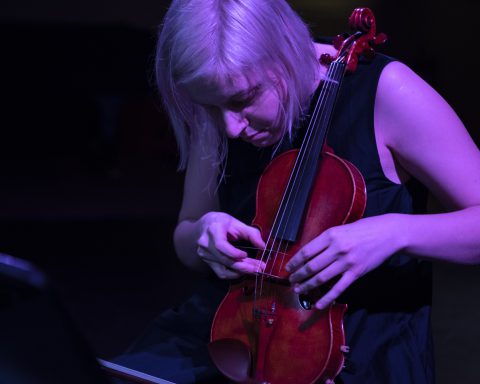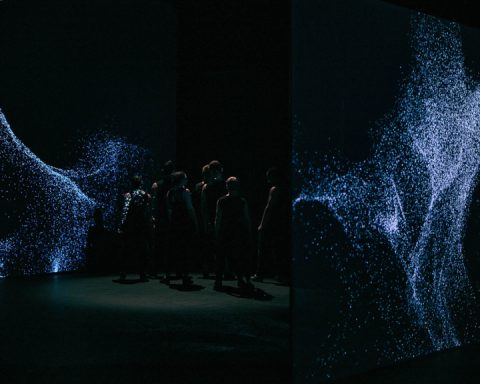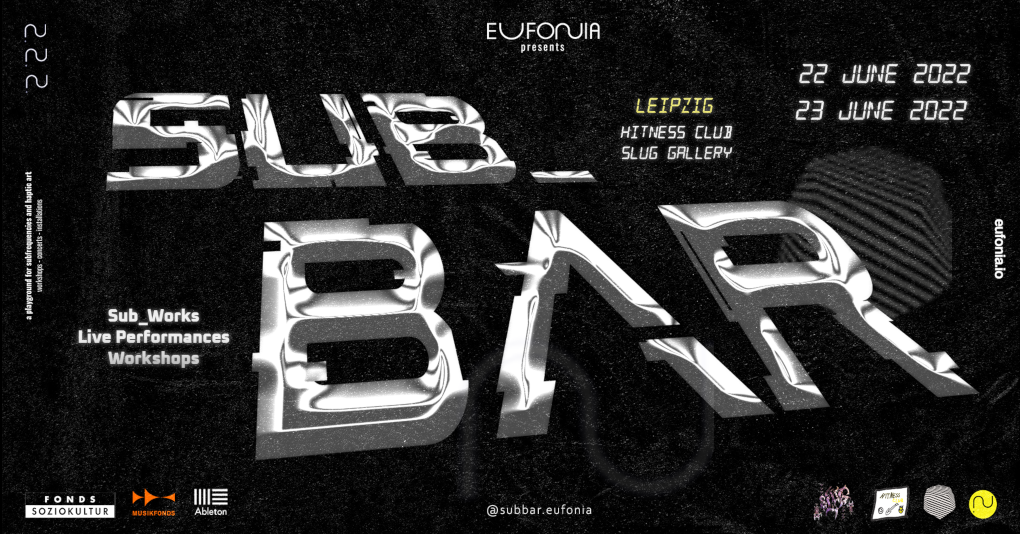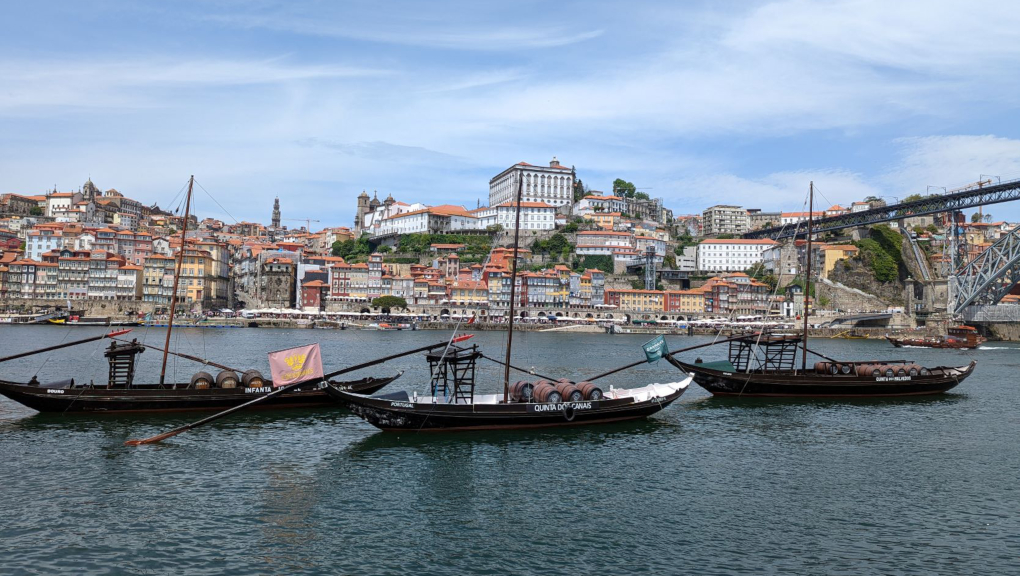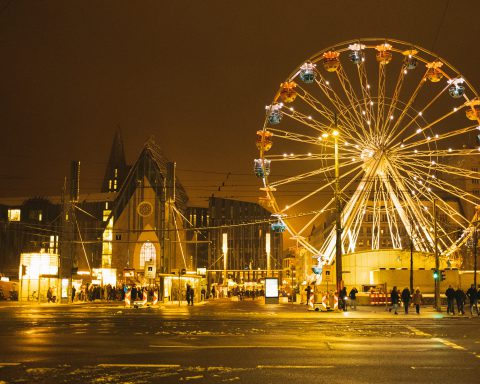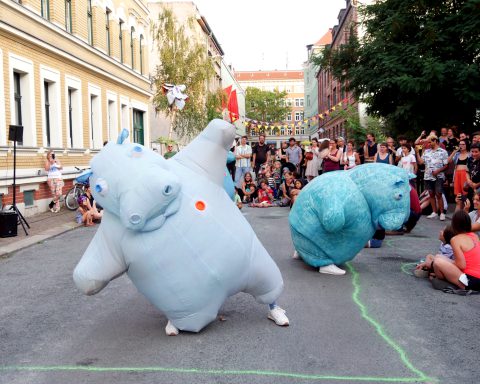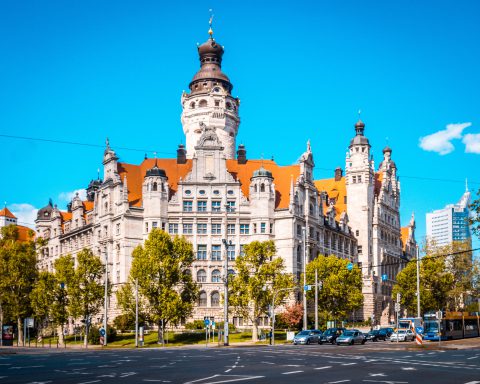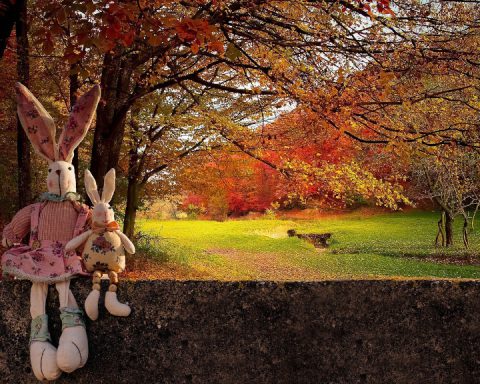Leipzig has long been renowned for its musical influence. This is due, in no small part, to being the home of Bach as well as the place of his burial. Several statues, books, and plaques can be found around town notarizing his musical history and impact on Leipzig. But Leipzig boasts many other musical influences. Norwegian composer, Edvard Grieg, stayed at Talstraße 10 while studying at the Leipzig Conservatorium. This is also the address of the building now named after him.

On June 7th, 2022, the Grieg-Begegnungsstätte Leipzig hosted an event titled “Neues bei Grieg! – Gespräch und Konzert mit Jürgen Bruns”. Informed by his diverse discography and impressive career history, Jürgen Bruns provided expert insight into 20th-century music.
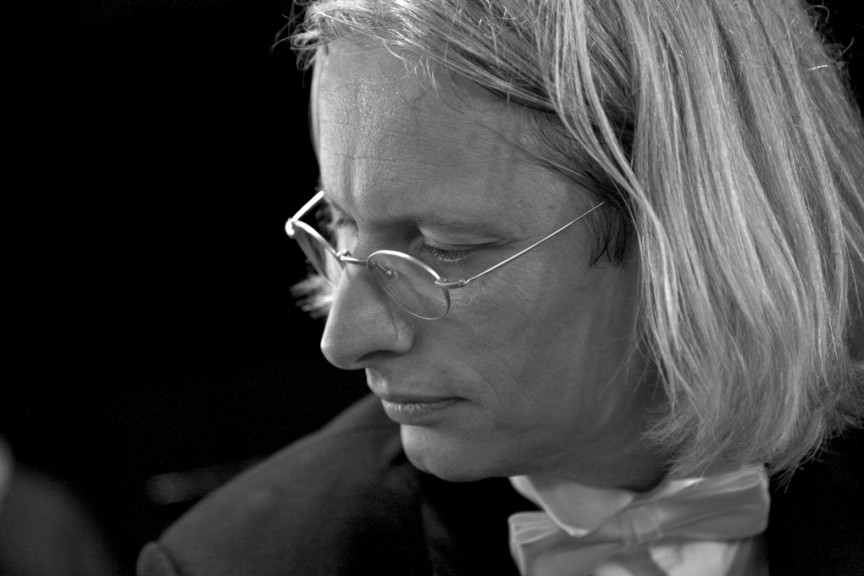
The event was divided into three parts and during the intermission, Herr Bruns was interviewed by the audience. The core line of questioning in the interview aimed to provide more in-depth knowledge to the music enthusiasts in attendance. Overall, it was an informative interview that anyone could follow.
Music, but with a side of knowledge
This aligns well with Grieg-Begegnungsstätte’s aims: combining the rich traditional history of music with modern, innovative approaches. The same sentiment can be extended to the musical score performed by the accompanying artists. They covered 20th-century composer Karl Weigl’s work with a lively spirit that brought new energy to the score, leaving the audience longing for more.
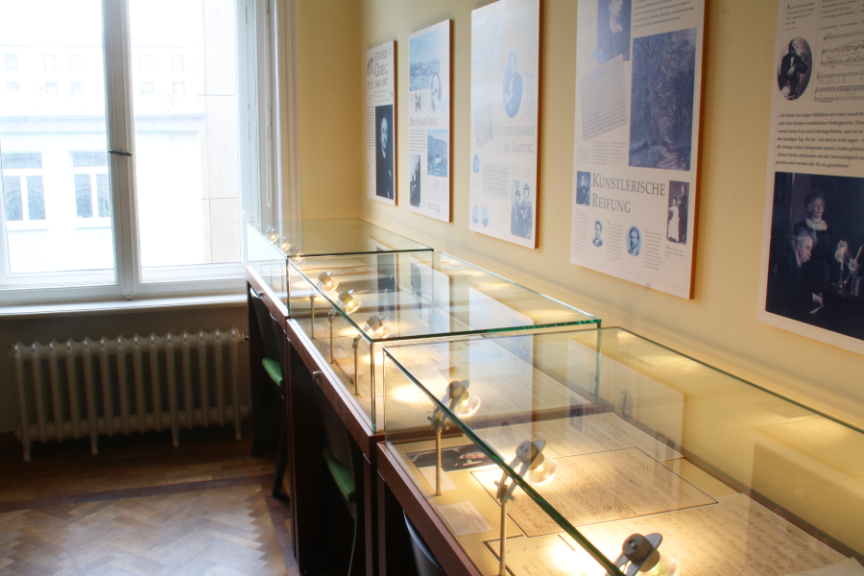
At first glance, the setting of the salon could be a bit intimidating. A grand piano was positioned at the head of the room, with a bust on either side. In contrast, the back of the room displayed a museum-like setting, with its enclosed musical scores and scripted history. Despite the grandeur, since the room is compact and cozy, the environment feels homey. There is also no visible separation between the audience and the performers, adding a special closeness between the respective parties.
Chamber music ambiance
In essence, the setting felt akin to visiting a well-established neighbor’s house in the 19th century to hear talented artists play. But I must say, the room’s lighting did not enhance the ambiance as its dimly-lit fluorescent glare was restrictive to the viewer. Opting for more natural lighting would have highlighted the stage with its amazing artists more.
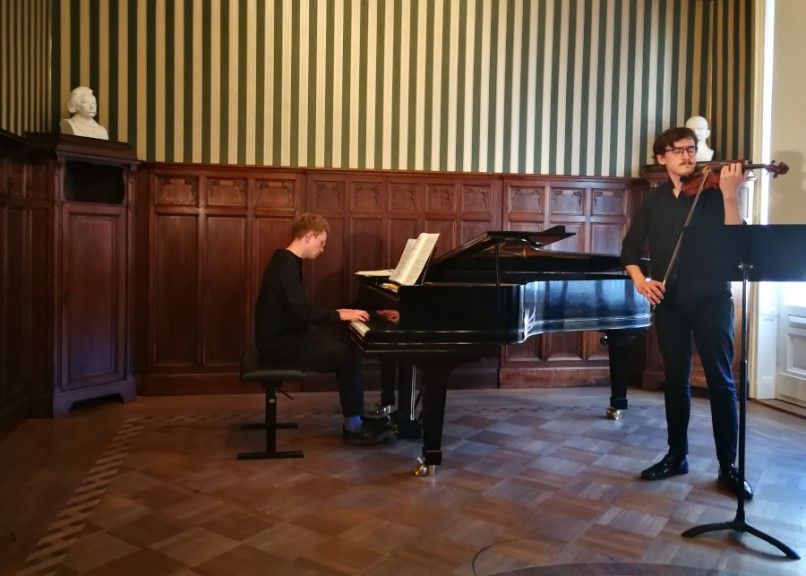
Speaking of the artists, one movement, in particular, stood out for me. Titled “Hungarian Dance”, violinist Rui Antunes delivered a fast-paced and convoluted violin arrangement. Accompanied by pianist Gregor Forbes‘ opposite harmonization, it created a wall of sound that reverberated across the room. Both of these artists are based in Leipzig.
Furthermore, what was especially noteworthy was soprano Filipa Portela’s voice, one destined for large stages.
Pianist and composer, Gregor Forbes, lead the musical direction for the entire event.
He elegantly walked the audience through the different sections of the event and gave explanations before each movement. At first, he played the piano solo, later with violinist Rui Antunes, and lastly with soprano Filipa Portela. But despite playing with different artists, he maintained a consistency relevant to 20th-century classic symphonies.
Antunes joined Forbes for the second portion of the evening when the music took on a strikingly visual quality. This was thanks to the electric build-up that the two instruments engendered together. Rui’s mastery of the violin added creative energy that reflected youthfulness in the classics.
Making it look easy
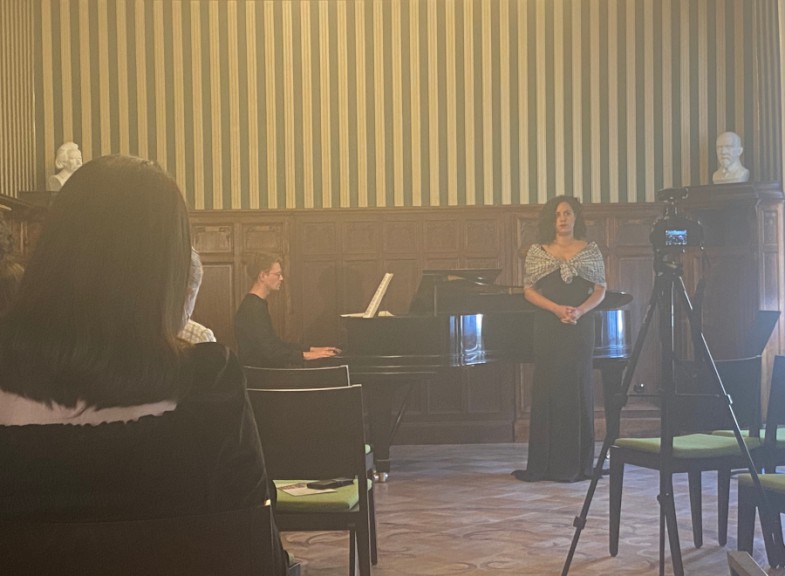
For the finale of the event, Filipa Portela’s impressive soprano voice soared to great heights. She moved through her range with remarkable agility while maintaining a clear, clean pitch. However, throughout the entire performance, Portela made it look easy. Her emotive facial expressions added to a performance that seemed effortless and yet was simply outstanding.
If I have one critique of the entire event, I wish I heard more from the three artists rather than only having interviews between performances. Musical events work best when it lets the artist take center stage and shine.
If you are interested in musical events such as this one at Grieg-Begegnungsstätte, you can find more info here.
Pianist Gregor Forbes’s events are here, and soprano Filipa Portela’s here. Those for violinist Rui Antunes can be found here.

